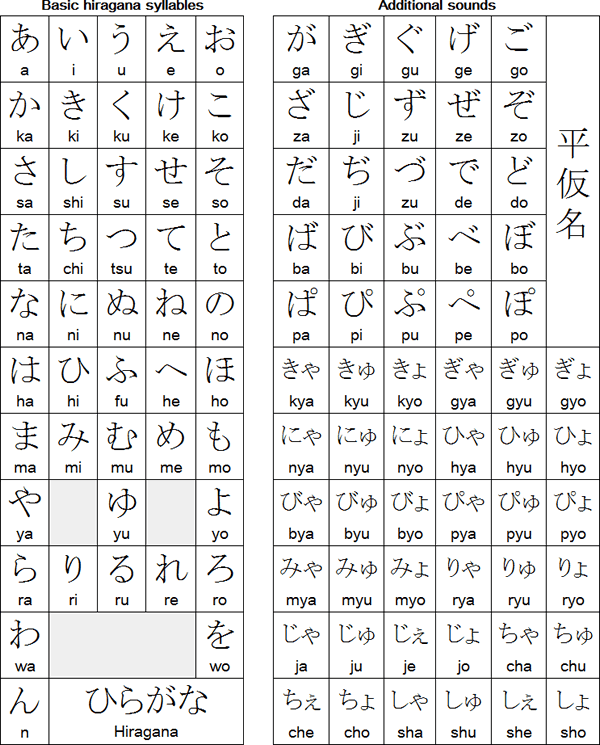Yesterday I finally started work on my garden, and one of the first things I did was a bit of weeding. The large crop of dandelions and other weeds in my lawn will take quite a while to remove, but in the meantime I thought I’d look at the origins of a few garden-related words.
Weed comes from the Old English word wēod (grass, herb, weed), which is related to the Old High German word wiota (fern), and probably comes from the Proto-Germanic word *weud-. The verb to weed comes from the Late Old English weodian [source].
Words for weed in other languages include: chwynnyn (Welsh), fiaile (Irish), 野草 [yěcǎo – “wild grass”] (Mandarin), mauvaise herbe (French – “bad grass”), 雑草 [zassō – “crude/miscellaneous grass”] (Japanese).
Dandelion comes from the Middle French dent de lion (lit. “lion’s tooth”), a calque translation of the Middle Latin dens leonis – the leaves are shaped a bit like lion’s teeth.
Folk names for dandelion include tell-time, which refers the practice of blowing the seeds – the number of breaths needed supposedly being the hour, and the Middle English and French names piss-a-bed and pissenlit, which refer to its diuretic properties [source].
